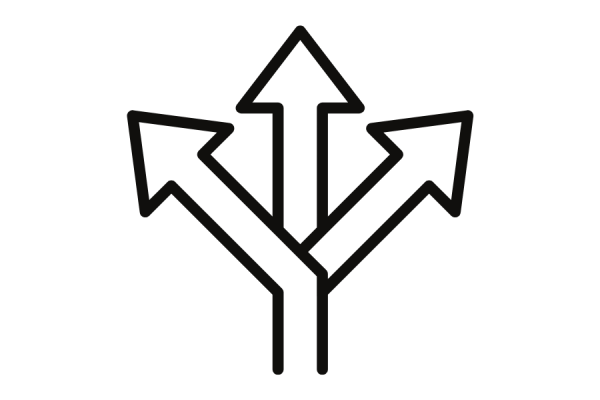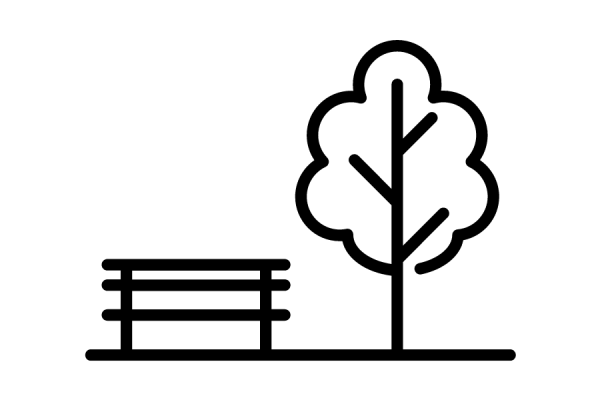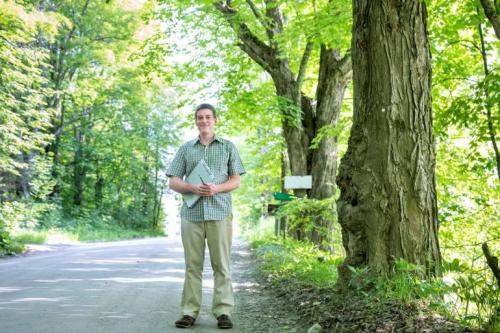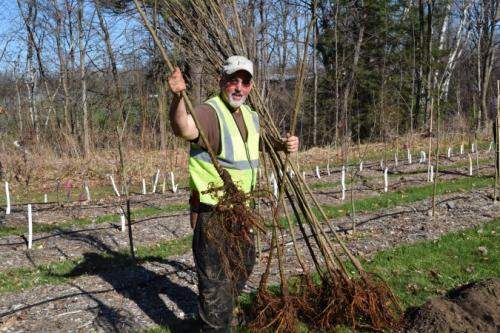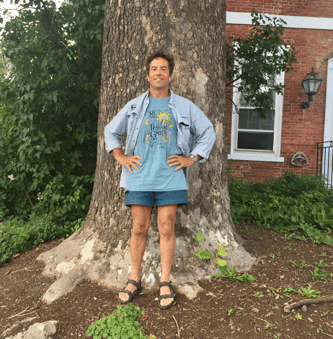First outlined in Vermont State statutes in 1904, the position of tree warden is a state-mandated appointment by the legislative body of each municipality. The tree warden controls all shade trees within a municipality. In Vermont State statute, municipal shade trees are defined as trees planted by the municipality in municipal rights-of-way or on municipally-owned land. Additionally, municipalities may designate other trees as shade trees through an adopted shade tree preservation plan.
All New England states have municipal tree wardens, although training and qualifications vary by state. While many tree wardens are trained arborists, foresters, or natural resources professionals who serve the municipality as volunteers, others are appointed to the position as municipal employees within the public works department, parks department, or highway department.
While Vermont tree wardens have specific duties outlined in state statutes, they also carry out many educational and technical assistance efforts within their municipality to plant and grow healthy trees that benefit the community. Many tree wardens are participating members of town or city tree boards, tree committees, town forest committees, or conservation commissions.
State statutes pertaining to municipal trees
Read or review important definitions, procedures, fines, and tree warden roles and responsibilities. State statutes that govern municipal trees are:
- Title 24: Municipal and County Government, Chapter 033: Municipal Officers Generally, § 871
- Title 24: Municipal and County Government, Chapter 067, Parks and Shade Trees, § 2501 - 2512
- Title 32: Taxation and Finance, Chapter 017: Fees and Costs, § 1680
- Title 30: Public Service: Chapter 071: Telegraph, Telephone and Electric Wires, § 2506
- Title 13: Crimes and Criminal Procedure, Chapter 077: Tree and Plants, § 3602
- Title 19: Highways, Chapter 009: Repairs, Maintenance and Improvements, § 901 - §904.
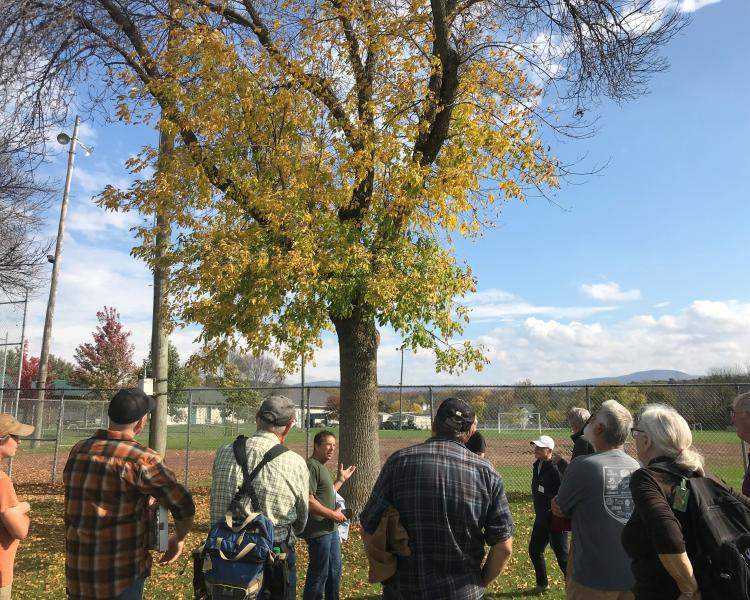
Vermont Tree Warden List
Effective November 1st, 2020, municipalities are required to report the name and contact information for their appointed tree warden to the Commissioner of Forests, Parks & Recreation in accordance with the updated tree warden statutes. View Tree Warden Contact List, updated June 2025.
Frequently Asked Questions
What does a tree warden do?
How can my municipality's tree warden help me?
Shade Tree Removal
Shade Tree Care and Planting
Tree Information
Is there a tree warden position description?
Yes! The Vermont Urban & Community Forestry Program drafted a sample position description. This language and can be adapted to meet a community’s specific interests or needs.
Connect
Want to connect to other tree wardens to share ideas, questions and examples? Join the Tree Warden Listserv.
Resources for Tree Wardens and Tree Committees
-

Roles and Responsibilities
Vermont League of Cities and Town's general overview of tree law and municipal officials’ authority and obligations.
-

Tree Law Frequently Asked Questions
Vermont League of Cities and Town's overview of major changes and additions to the law.
-

Shade Tree Preservation Plans
Plans describe a municipal shade tree program and can extend the jurisdiction of the tree warden beyond the core duties now specified in the law.
-

UCF's 2025 Guide to Tree Ordinances
Recommendations for writing a tree-positive municipal regulatory tool to grow healthy and well managed urban and community forests.
-

Watch the Video
VT UCF staff walk you through the 2020 updates to statutes about municipal trees in Vermont.
-

Tree Ordinances and Policies
Read existing municipal tree ordinances or policies and develop your own.

